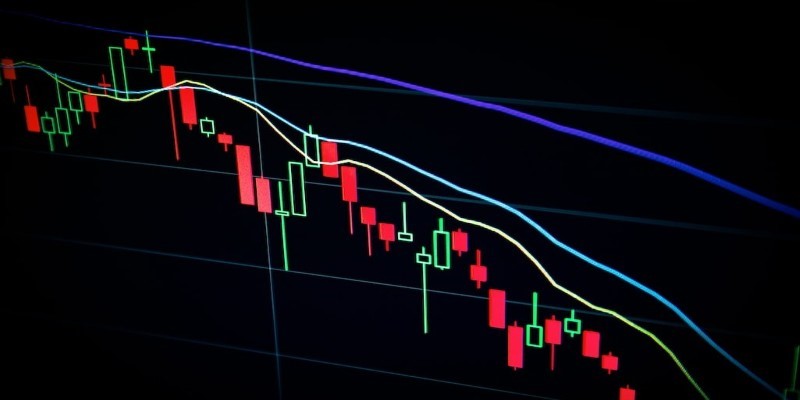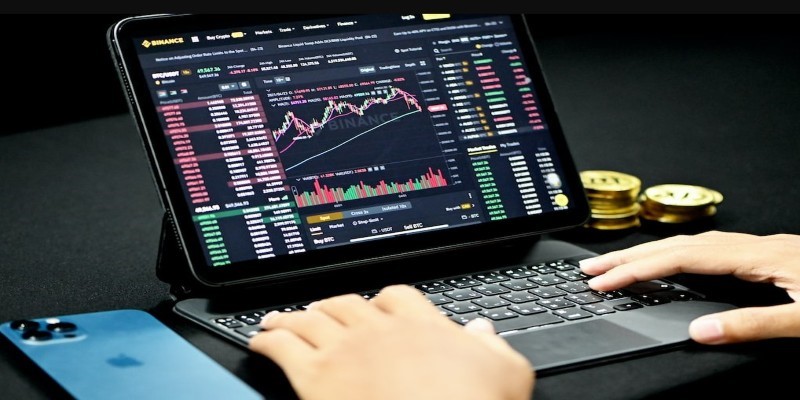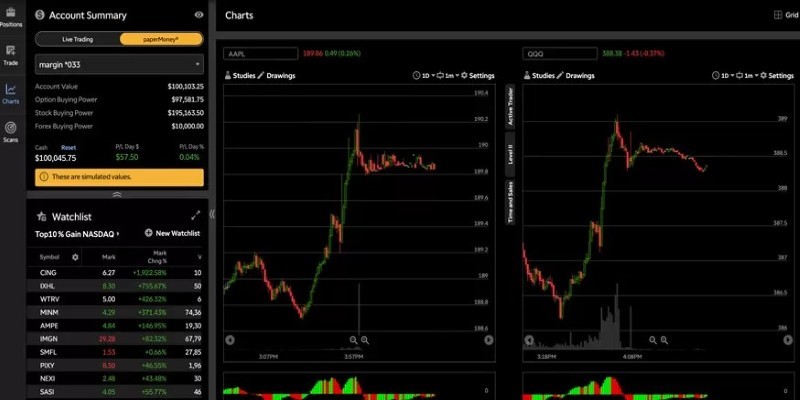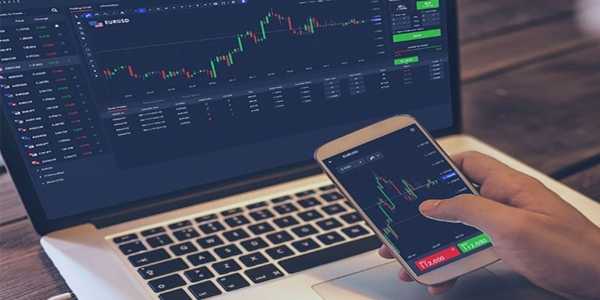Understanding Fees And Charges On Trading Platforms
When it comes to online trading, whether in stocks, commodities, or cryptocurrencies, understanding the various fees platforms impose is crucial. Many new traders overlook these costs, assuming they only need to worry about the market price of assets. However, the fees on trading platforms can significantly impact your overall profitability. This article will walk you through the different types of fees, how they work, and what to look out for when choosing a trading platform.
Types Of Trading Fees
Trading platforms typically charge different fees, each serving a distinct purpose. Some of these fees are straightforward, while others can be more complex. Understanding these costs helps traders avoid surprises and make informed decisions about where to trade.
Commission Fees
Commission fees are among the most common charges associated with trading. They are usually charged per transaction, either as a flat fee or as a percentage of the trade's value. For example, a platform might charge $10 per trade or 0.1% of the total value of the trade. Commission fees are widespread in traditional stock and options trading platforms.

Some platforms have started eliminating commission fees for certain types of trades, especially with the rise of zero-commission brokers. However, just because there are no commission fees doesn't mean that trading is free. Many zero-commission platforms compensate for the lack of commission by imposing other fees or adjusting their spreads.
Spread Fees
The spread is the difference between an asset's buying price (ask) and the selling price (bid). For many traders, particularly in forex and cryptocurrency markets, spread fees can be the primary cost of trading. A platform that charges a spread makes money by widening the difference between the ask and bid price. This means that even though you might not pay an explicit commission, you still pay for the trade through this gap.
The spread is often variable and can change depending on market conditions. For example, during periods of high volatility, spreads tend to widen, resulting in higher costs for traders. Some platforms offer fixed spreads, which provide more predictable costs, but these spreads are often higher than variable spreads during quieter periods.
Swap Or Rollover Fees
Swap fees, or rollover fees, are charges that apply when you hold a position overnight. These fees are standard in forex trading and relevant for traders in other markets who engage in margin trading. When you borrow funds to trade on leverage, you typically incur swap fees as the platform lends you money. These fees can be positive or negative, depending on the interest rate differential between the two currencies being traded or the terms of your leveraged position.

For example, if you're trading a currency pair where the interest rate of one currency is higher than the other, you may earn a positive swap. Conversely, if the interest rate of the currency you're borrowing is higher, you may pay a negative swap. Checking swap rates before holding positions overnight is essential, as these can add up quickly, especially with leveraged trading.
Account Maintenance Fees
Some trading platforms impose account maintenance fees, which are charges for simply having an account on their platform. These fees can be applied monthly, quarterly, or annually and are often used to cover administrative costs. Account maintenance fees are more familiar with traditional brokerage accounts and can vary significantly depending on the platform.
While some platforms offer accounts with no maintenance fees, others impose these fees to cover the cost of customer service, platform development, or data access. It's important to be aware of these charges, as they can affect your overall trading profitability if you hold multiple accounts or use a platform with high maintenance fees.
Withdrawal Fees
Withdrawal fees apply when transferring funds from the trading platform to your bank account or external wallet. These fees can vary based on the withdrawal method, such as bank transfer, credit card, or cryptocurrency wallet. Some platforms have a set fee per withdrawal, while others charge a percentage of the withdrawal amount.

Withdrawal fees are significant for traders who intend to transfer funds frequently. For instance, withdrawing through a bank transfer might be cheaper than using an e-wallet or cryptocurrency exchange. Always check the withdrawal fees before deciding on a platform, as high withdrawal fees can eat into your profits, especially if you're a frequent trader.
Understanding The Fine Print
While it's essential to be aware of the most common types of fees associated with trading platforms, it's equally important to understand the platform's terms and conditions. Many fees are disclosed in fine print, which means traders might not be fully aware of all the costs until they see them reflected in their account balance.

Before choosing a platform, take time to read the fee schedule thoroughly. This includes looking at any hidden charges, such as platform access fees, data fees, or fees for advanced trading tools. Being aware of all the potential fees helps you make a more informed decision about where to trade and prevents unexpected charges from cutting into your profits.
Choosing A Platform Based On Fees
When comparing trading platforms, the fee structure should be one of the key factors in your decision-making process. However, it's essential to strike a balance between low fees and the quality of the service provided. Some platforms might offer low fees but lack crucial features like customer support, trading tools, or market access. Others might charge higher fees but provide more reliable services and better execution speeds.

Conclusion
Fees on trading platforms are essential to trading costs and should be understood by every trader. Whether you're a casual trader or someone who makes frequent trades, these fees can significantly impact your bottom line. You can choose a platform that best suits your trading style and financial goals
by understanding the types of costs—such as commissions, spreads, and withdrawal fees.
While low fees are appealing, they shouldn't be the sole deciding factor when choosing a trading platform. Evaluate all platform aspects, including customer service, features, and security, to ensure you get the best value. By doing your due diligence and factoring in all costs, you can trade more effectively and protect your profits from hidden fees.
Stock market
Understanding Fees And Charges On Trading Platforms
Career & Education
How Online Platforms Revolutionize Career Training For Professionals
Latest Article
-

- Temporary Car Insurance: When and Why You Need it
-

- Understanding Fees And Charges On Trading Platforms
-

- Understanding Depreciation Trends In Luxury Cars
-

- How Online Platforms Revolutionize Career Training For Professionals
-

- 8 Most Reliable Used Cars For Long-Term Ownership
-

- The Rise Of Green Investing In Stock Markets















